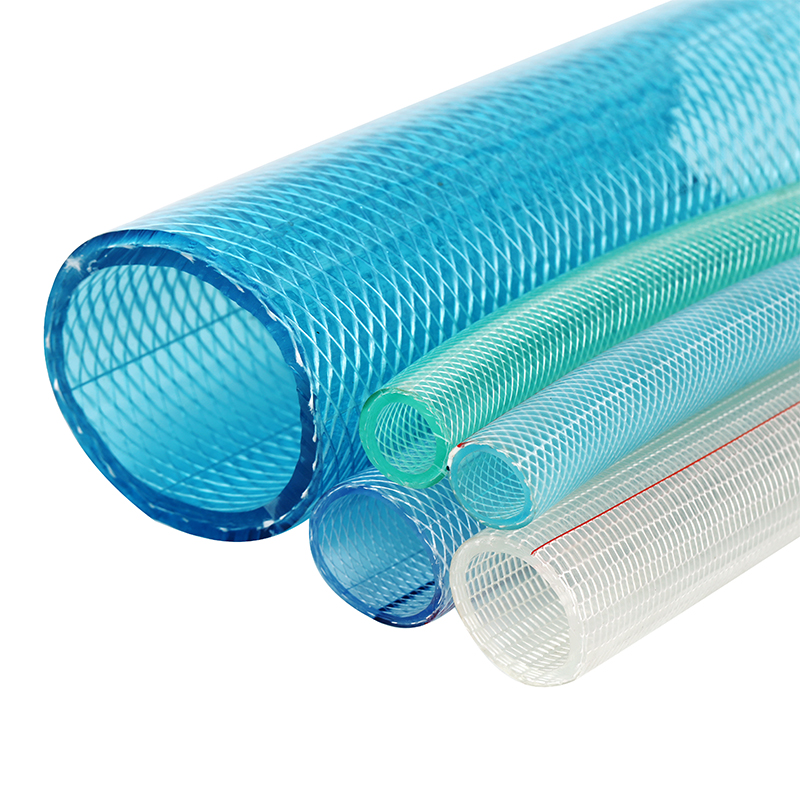high pressure lay flat hose
High Pressure Lay Flat Hose A Versatile Solution for Fluid Transfer
High pressure lay flat hoses have revolutionized the way industries manage fluid transfer. These hoses are characterized by their ability to lie flat when not in use, making them incredibly convenient for storage and transport. Designed to handle significant pressures, lay flat hoses are utilized across various applications, from agricultural irrigation to industrial pumping.
Construction and Design
One of the key features of high pressure lay flat hoses is their unique construction. Typically made from durable materials such as PVC (polyvinyl chloride) or polyurethane, these hoses are reinforced with high-strength fibers to withstand the pressures of various applications. This design not only provides flexibility but also enhances their resistance to abrasion and chemical exposure. This ensures that the hoses can perform reliably in demanding environments, making them suitable for firefighters, agricultural operators, and industrial workers alike.
Applications
High pressure lay flat hoses are versatile and find applications in numerous industries
1. Agriculture Farmers use high pressure lay flat hoses for irrigation purposes. These hoses allow for efficient water transportation over long distances, ensuring that crops receive the necessary moisture. Their ability to handle high pressure allows them to deliver water uniformly and effectively, which is critical for crop health.
2. Firefighting In emergency situations, fire departments require equipment that can be swiftly deployed and move large volumes of water. High pressure lay flat hoses fit this demand perfectly. They can be quickly rolled out and connected to pumps or hydrants, providing firefighters with the necessary water supply to tackle blazes effectively.
high pressure lay flat hose

3. Construction Sites In construction and civil engineering, lay flat hoses are often used to transport water and other fluids around job sites. Their lightweight nature combined with high-pressure capabilities makes them easy to move and reposition as needed.
4. Dewatering These hoses play a crucial role in dewatering applications, where they are used to remove excess water from construction sites, mining operations, and flood zones. Their ability to handle significant pressure ensures efficiency in pumping out large volumes of water.
Advantages
The advantages of high pressure lay flat hoses are numerous
- Space-Saving Their flat design when not in use allows for easy storage and transport, which is a significant advantage in both commercial and industrial settings. - Cost-Effective Given their durability and long service life, high pressure lay flat hoses can be a cost-effective solution for fluid transfer compared to traditional rigid hoses. - Lightweight Despite their high-pressure capabilities, these hoses are lightweight, making them easy to handle and ideal for operations that require mobility. - Adaptability With a variety of diameters and pressure ratings available, users can select hoses that best suit their specific needs, ensuring optimal performance for their applications.
Conclusion
In conclusion, high pressure lay flat hoses represent a significant advancement in fluid transfer technology. Their unique design, combined with their multifunctional capabilities, makes them essential in various industries. Whether in agriculture for irrigation, in firefighting efforts, or in construction projects, the high pressure lay flat hose is an invaluable tool that enhances efficiency, safety, and convenience. As industries continue to innovate and evolve, it is likely that these hoses will play an increasingly vital role in facilitating fluid transfer in an array of applications.
-
Welded Wire Mesh Panel: Durable, Versatile, and AffordableNewsJul.28,2025
-
Top Quality Oxy Acetylene Hoses for Sale Fit for Welding DemandsNewsJul.28,2025
-
The Future of Pneumatic Air Tubes in IndustryNewsJul.28,2025
-
Superior and Reliable LPG Hose Pipe Solutions for Every NeedNewsJul.28,2025
-
Exceptionally Durable and Versatile Premium Braided PVC TubingNewsJul.28,2025
-
Best Adapters for Connecting Garden Hose to PVC Pipe ConnectionsNewsJul.28,2025














